
brown sofa cleaning
With their combination of comfort and durability, leather couches are a wealthy and fashionable addition to any house. On the other hand, they need routine upkeep and care to appear their best. The longevity and aesthetic appeal of your furniture may be preserved with proper maintenance and cleaning of your leather sofa. Everything you need to know about maintaining leather couches is provided here.
Regular Cleaning
Vacuuming and Dusting
Regular vacuuming and cleaning are necessary for dust and debris to stay off your leather sofa. Wipe the surface down with a gentle, dry cloth every week. Use a vacuum with a brush attachment to get rid of any dirt or debris found in seams and cracks. This easy maintenance schedule keeps the couch looking nice and prevents dirt from damaging the leather.
Immediately Wash Up Spills
Although leather can withstand spills rather well, it’s important to respond promptly in the event of an accident. Immediately blot up any liquid with a fresh, dry towel. Refrain from rubbing, as this may disperse the spill and leave a stain. Use a moist cloth soaked in a mild soap solution to remove any leftover residue, and then thoroughly dry the area with another clean towel.
Conditioning the Leather
Selecting the Appropriate Conditioner
Over time, leather may dry up and develop cracks and a lack of suppleness. To avoid this, regularly use leather conditioner. Select a premium conditioner made especially for leather furniture. Products with silicone or wax should be avoided since they may harm the leather.
Applying Conditioner
Make sure the sofa is dry and clean before applying conditioner. To make sure the conditioner doesn’t discolour the leather, test it first on a little, discrete area. Apply a tiny quantity of conditioner on a soft cloth, then rub it into the leather in circular movements. After letting the conditioner sit for a few hours, polish the sofa with a fresh towel to bring back its lustre.
Protecting Your Leather Sofa
Steer Clear of Direct Sunlight
Leather may dry out and fade when exposed to direct sunlight. To block the sun’s rays, place your leather sofa away from windows or use blinds and curtains. If moving the sofa isn’t an option, consider using a UV-protective spray to lessen the sun’s impact.
Avoiding Contact with Heat Sources
Due to heat damage, leather may dry out and fracture. Maintain a minimum of 30 cm between your leather sofa and heat sources such as vents, fireplaces, and radiators. This spacing guards against damage and preserves the leather’s natural moisture balance.
Taking Care of Scratches and Stains
Removing Stains
A moist cloth and a mild soap solution work well for most stains. But if the stain is really tough, like oil or ink, you may need to use a speciality leather cleaner. Always abide by the manufacturer’s directions and do a concealed area test before using the cleaner. Rubbing alcohol with a cotton swab may work wonders for ink stains. Dab the stain gently until it lifts, then wipe it off with a moist towel and let it completely dry.
Fixing Scratches
Using your fingers to touch the area gently will typically heal minor scrapes. Your skin’s natural oils may help the scrape disappear into the surrounding leather. For serious damage, you can use a leather repair kit. These kits usually come with a colourant that matches the leather on your couch and filler. For optimal results, carefully follow the directions.
Expert Care
While routine upkeep at home is necessary, having your leather sofa professionally cleaned may help it stay in excellent shape. Experts can thoroughly clean and condition your couch without causing any damage because they have the knowledge and supplies needed. To preserve the lifespan as well as the aesthetic appeal of your leather couch, try to get it professionally cleaned once a year.
In Summary
Regular cleaning, conditioning, and environmental protection are all part of maintaining a leather couch. By paying attention to these pointers, you can ensure that your leather couch stays a stunning and cosy focal point in your house for many years. The inherent beauty and toughness of leather will continue to enhance your living area with regular maintenance.

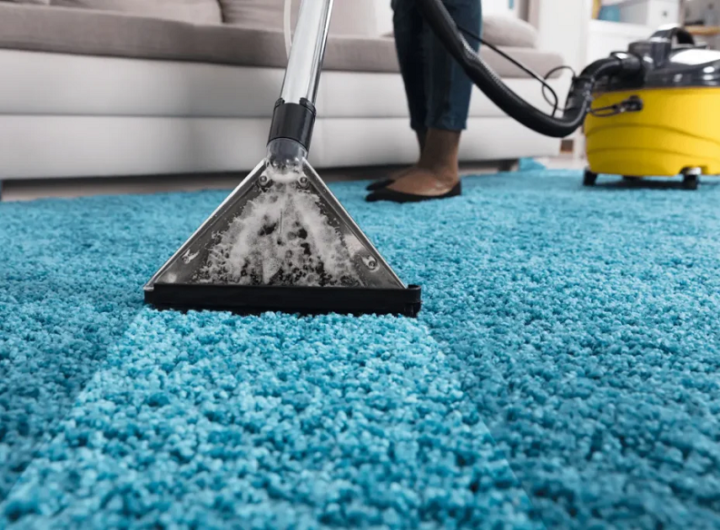 Why Hiring Professional Carpet Cleaners Is Essential for Pennsylvania Homes and Businesses
Why Hiring Professional Carpet Cleaners Is Essential for Pennsylvania Homes and Businesses 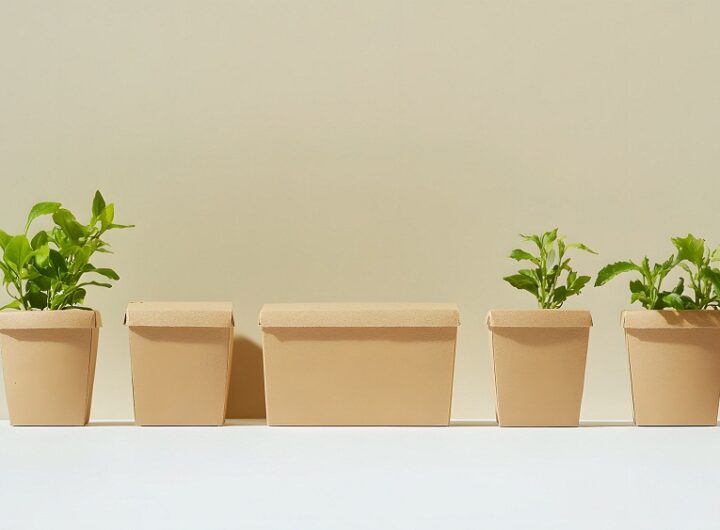 How to Reduce Waste in Packaging Materials
How to Reduce Waste in Packaging Materials 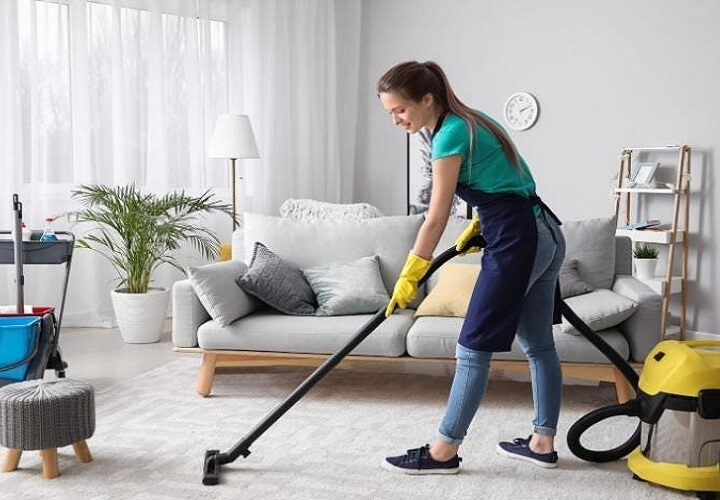 Tips to Choose the Best Housekeeping Services in UAE
Tips to Choose the Best Housekeeping Services in UAE  Best Practices for Cleaning Medical Facilities
Best Practices for Cleaning Medical Facilities 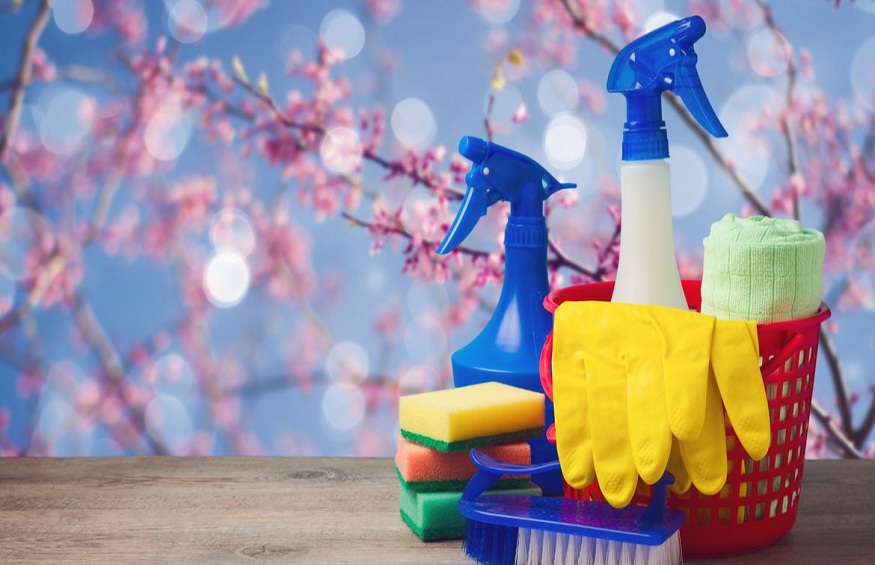 Tips for refreshing the house in the spring.?
Tips for refreshing the house in the spring.?  Ithaca, Manhattan, and Bronx: Why These New York Cities Are Perfect for Homebuyers
Ithaca, Manhattan, and Bronx: Why These New York Cities Are Perfect for Homebuyers  Gypsum in Cement and Plaster: Why It’s Essential
Gypsum in Cement and Plaster: Why It’s Essential  From A to Z About the Air Washer
From A to Z About the Air Washer 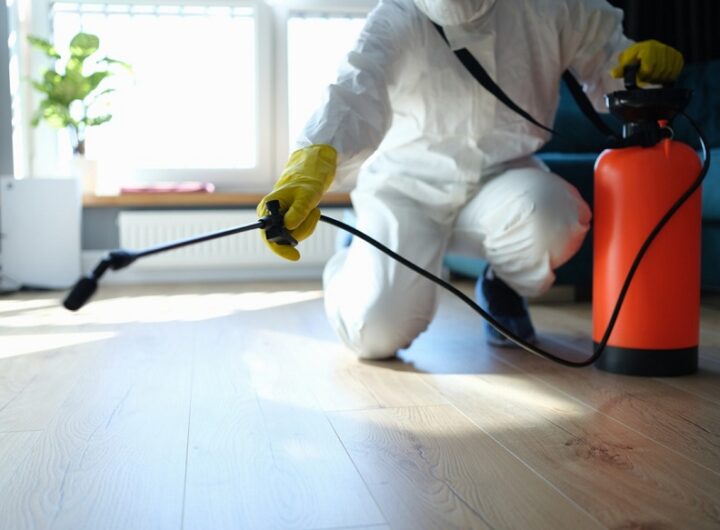 9 Things You Should Know About Professional Pest Control Services in Clermont
9 Things You Should Know About Professional Pest Control Services in Clermont